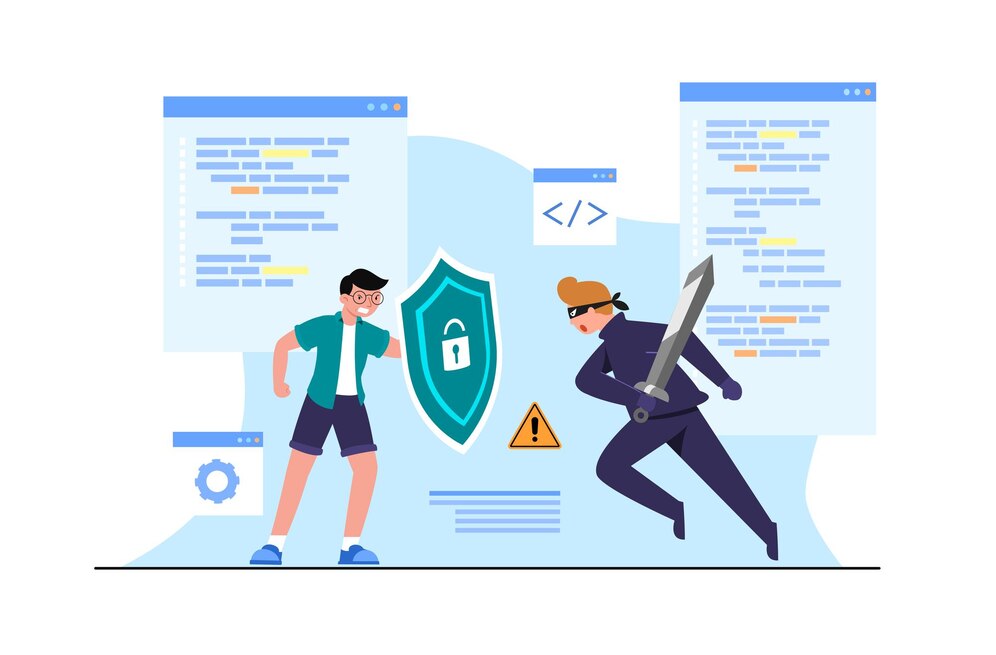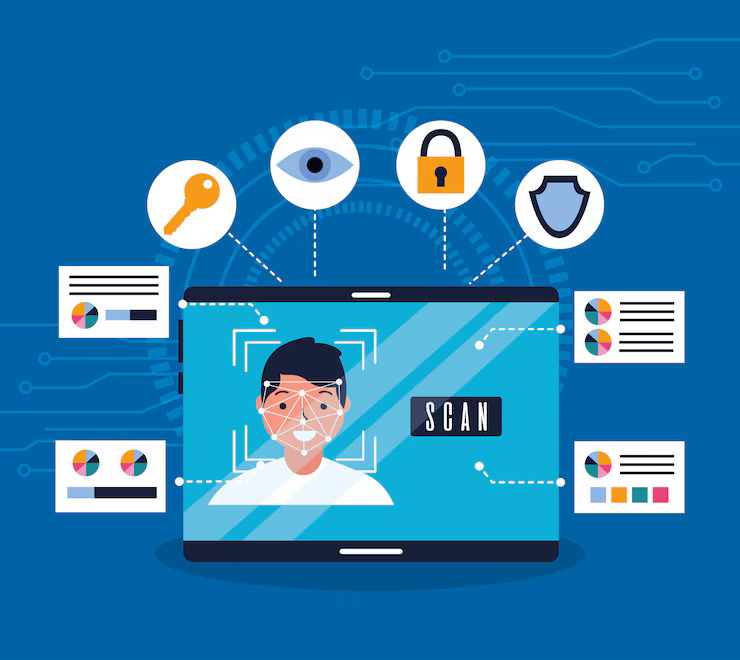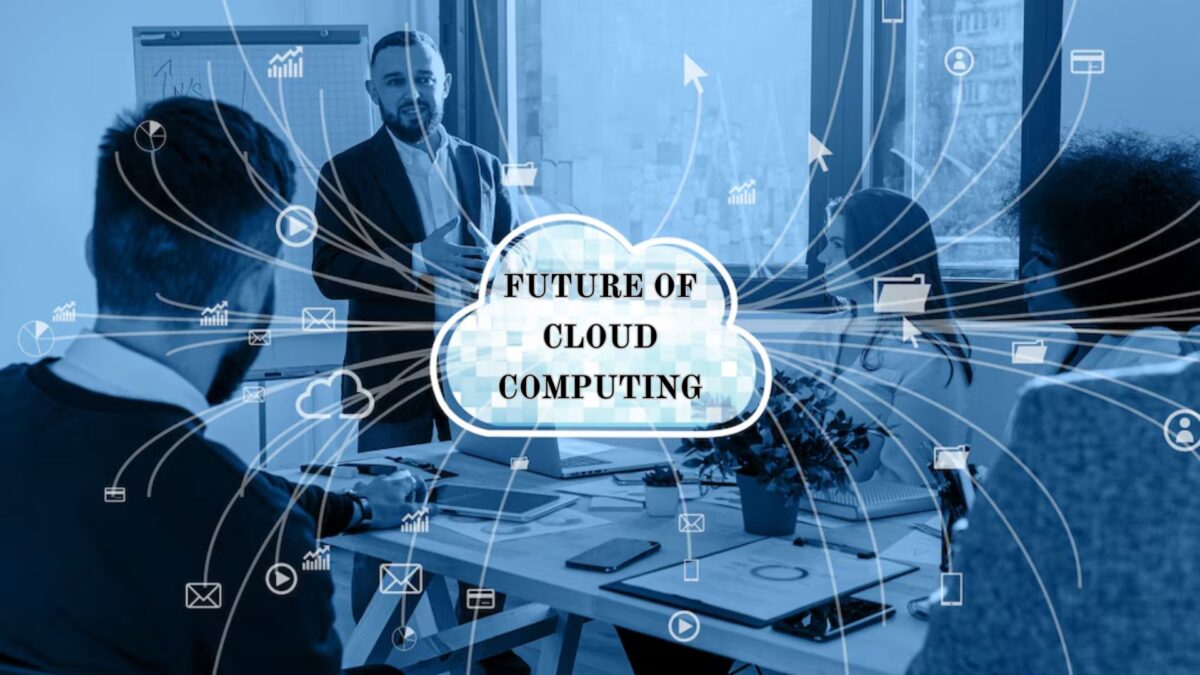Cloud computing has transformed business operations by providing unmatched scalability, flexibility, and cost-effectiveness. As more organizations migrate their operations to the cloud, the importance of ensuring robust security measures cannot be overstated. With this rapid adoption, however, comes a host of new security challenges that must be addressed to protect sensitive data and maintain trust. This article delves into the current state and future of cloud computing security, explores emerging security challenges, and proposes future solutions to safeguard the cloud environment.
Section 1: Current State of Cloud Computing Security

Overview of Current Security Practices
Cloud service providers have implemented a range of security practices to safeguard data and ensure the integrity of their services. These include encryption, multi-factor authentication (MFA), and advanced network security measures. Encryption, for instance, ensures that data is transformed into an unreadable format for unauthorized users, while MFA adds an extra layer of protection by requiring users to provide multiple forms of verification before accessing cloud resources. Additionally, network security measures such as firewalls and intrusion detection systems (IDS) help protect against unauthorized access and cyberattacks.
Data privacy regulations, such as the General Data Protection Regulation (GDPR) and the California Consumer Privacy Act (CCPA), have also played a crucial role in shaping cloud security practices. These regulations mandate strict guidelines for data handling and protection, pushing cloud providers to adopt comprehensive security measures to comply with legal requirements.
Common Security Challenges Today
Despite these advancements, several common security challenges persist in cloud environments. Data breaches and unauthorized access remain significant concerns. These incidents can occur due to weak passwords, misconfigured security settings, or vulnerabilities within cloud applications. Insider threats and human errors also pose risks, as employees or contractors may inadvertently expose sensitive data or fall victim to phishing attacks.
Compliance and regulatory concerns further complicate cloud security. As data protection laws evolve, organizations must continuously update their security practices to remain compliant. Neglecting to address this can lead to legal consequences and harm to your reputation.
Section 2: Emerging Security Challenges in Cloud Computing

Complexity of Multi-Cloud and Hybrid Environments
The adoption of multi-cloud and hybrid cloud strategies has become increasingly common, with organizations leveraging multiple cloud providers to meet their specific needs. While this approach offers flexibility and avoids vendor lock-in, it introduces complexity in managing security across different platforms. Each cloud provider has its own security protocols and tools, making it challenging to maintain a consistent security posture across all environments.
Integration challenges between public, private, and hybrid clouds further exacerbate these issues. Ensuring seamless and secure interoperability among different cloud services requires meticulous planning and robust security controls.
Advanced Persistent Threats (APTs)
Advanced Persistent Threats (APTs) represent a sophisticated class of cyber threats targeting cloud infrastructures. APTs are typically characterized by their long-term, targeted nature, with attackers carefully planning and executing their operations to evade detection. They often employ various techniques, such as social engineering and zero-day exploits, to infiltrate and persist within cloud environments.
Real-world examples of APTs include the notorious SolarWinds attack, where malicious actors compromised a widely used IT management tool to gain access to numerous organizations’ cloud environments. Such incidents highlight the need for advanced threat detection and response capabilities to mitigate the impact of APTs.
Increased Dependency on Third-Party Services
The reliance on third-party services and providers in cloud computing introduces additional security risks. Organizations often integrate third-party tools and applications to enhance their cloud capabilities, but this dependency can lead to vulnerabilities if those services have inadequate security measures. For example, a security flaw in a third-party application can expose an entire cloud environment to potential breaches.
It is crucial for organizations to thoroughly vet and monitor the security practices of third-party providers to minimize these risks. Regular assessments and audits can help ensure that third-party services meet security standards and do not introduce vulnerabilities.
The Evolving Threat Landscape
The threat landscape in cloud computing is continually evolving, with cybercriminals developing increasingly sophisticated attack methods. New techniques, such as fileless malware and polymorphic attacks, challenge traditional security measures and require adaptive defenses. Detecting and mitigating these advanced threats necessitates a proactive approach and the adoption of cutting-edge security technologies.
Section 3: Future Solutions for Cloud Security

AI and Machine Learning for Threat Detection
Artificial Intelligence (AI) and Machine Learning (ML) are revolutionizing cybersecurity by introducing innovative methods for detecting and addressing threats. AI-driven security solutions can analyze vast amounts of data to identify patterns and anomalies indicative of potential security breaches. For instance, AI algorithms can detect unusual login behaviors or network traffic patterns that may signal an ongoing attack.
Machine Learning models continuously learn and adapt based on new data, enhancing their ability to recognize and respond to emerging threats. Examples of AI-driven security tools include intrusion prevention systems (IPS) and endpoint protection platforms that leverage AI to provide real-time threat detection and automated responses.
Zero Trust Security Model
The Zero Trust security model represents a paradigm shift in how organizations approach cloud security. Unlike traditional security models that rely on perimeter defenses, Zero Trust operates on the principle of “never trust, always verify.” This approach assumes that threats can originate from both inside and outside the network and therefore requires continuous verification of all users and devices accessing cloud resources.
Implementing Zero Trust involves several key components, including strong identity and access management (IAM), micro-segmentation, and rigorous monitoring. By enforcing strict access controls and continuously validating user and device identities, organizations can significantly enhance their security posture.
Encryption and Data Privacy Advances
As cloud computing evolves, advancements in encryption and data privacy technologies will play a crucial role in protecting sensitive information. Homomorphic encryption, for example, allows data to be processed and analyzed while remaining encrypted, minimizing the risk of exposure during computation. This technology has the potential to enhance data privacy in cloud environments by enabling secure data processing without compromising confidentiality.
Additionally, advancements in data privacy mechanisms, such as privacy-preserving analytics and secure multi-party computation, will further strengthen cloud security. These technologies enable organizations to derive insights from encrypted data without exposing it to unauthorized parties.
Automated Security Management
Automation is becoming increasingly vital in managing cloud security, as it helps address the challenges of scale and complexity. Automated security management tools can streamline tasks such as configuration management, vulnerability scanning, and incident response. By reducing the reliance on manual interventions, automation minimizes human errors and accelerates response times.
Security Information and Event Management (SIEM) systems, for example, leverage automation to collect and analyze security events from various sources, providing a centralized view of potential threats. Automated threat detection and response capabilities enable organizations to quickly identify and mitigate security incidents.
Section 4: Best Practices for Securing the Future of Cloud Computing

Implementing Strong Identity and Access Management (IAM)
Effective Identity and Access Management (IAM) is foundational to cloud security. Organizations should implement strong IAM practices, including multi-factor authentication (MFA), to ensure that only authorized users can access cloud resources. Role-based access control (RBAC) and least privilege access principles should be enforced to minimize the risk of unauthorized access.
Regular audits and reviews of IAM policies and access controls are essential to maintain a secure environment. By continuously assessing and adjusting access permissions, organizations can mitigate the risk of insider threats and ensure compliance with security policies.
Continuous Monitoring and Incident Response
Continuous monitoring is critical for detecting and responding to security incidents in real-time. Organizations should deploy comprehensive monitoring solutions that provide visibility into network traffic, user activities, and system events. Security Information and Event Management (SIEM) tools can help aggregate and analyze data from various sources, enabling timely identification of potential threats.
Incident response plans should be regularly updated and tested to ensure preparedness for security breaches. Effective incident response involves a coordinated approach to containment, investigation, and remediation, with clear communication channels and predefined procedures.
Regular Security Audits and Compliance Checks
Consistent security audits and compliance evaluations are crucial for ensuring the ongoing security of cloud environments. Audits help identify vulnerabilities, assess the effectiveness of security controls, and ensure adherence to regulatory requirements. Organizations should conduct periodic assessments of their cloud security posture and address any identified gaps or weaknesses.
Staying informed about evolving regulations and industry standards is also crucial. Compliance with data protection laws and industry best practices helps organizations avoid legal penalties and build trust with customers.
Conclusion
The future of cloud computing holds immense potential for innovation and growth, but it also presents significant security challenges. By understanding the current security landscape, recognizing emerging threats, and implementing advanced solutions, organizations can better protect their cloud environments and ensure the continued success of their cloud initiatives.
As cloud computing evolves, ongoing vigilance and adaptation will be key to securing the cloud. Organizations must proactively address security challenges, leverage cutting-edge technologies, and adhere to best practices to safeguard their cloud environments. With a commitment to robust security measures, businesses can confidently navigate the future of cloud computing and capitalize on its transformative potential.

